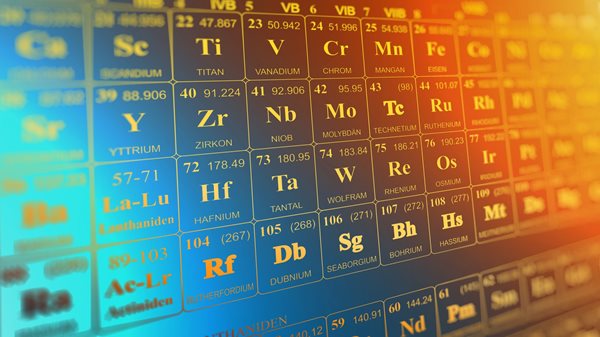Pharmacology Matters is delighted again to hold the annual Junior Science Writing Competition. The competition was for those between 7-11 years old and the only constraint on content was that entries must be related to science. Science is how we ask questions and collect evidence to better understand how the universe works. Whether that is by exploring where medicines come from, how stars are made,
how bamboo grows, how we keep our homes warm in the winter, or why our bodies work the way they do – science is everywhere.
As usual we received lots of fantastic submissions on a broad range of science topics. The Judges were impressed by the creativity and curiosity of our young writers. Well done to everyone who entered!
Our panel of judges awarded first place to ‘My Life As A Blood Cell’ by Emily Legge (age 11). Our first runner up was Henry Dawson (age 11) with ‘Jellyfish’, and second runner up was Reuben Waitt (age 11) with ‘Chemistry Can Clean Corroded Coins’.
The Society recognises the importance of inspiring and encouraging the next generation of pharmacologists - whether that be through
exploring how medicines are made, or supporting future pharmacologists to share exciting science - just like Emily, Henry and Reuben. If you'd like to get involved with inspiring the next generation of pharmacologists, please get in touch with the team at
education@bps.ac.uk - we would love to hear your ideas.
Chemistry Can Clean Corroded Coins

Hypothesis:
Putting a copper coin into a solution of salt and vinegar cause crystals to grow on the coin. I thought this was because a solution of salt water can allow you to grow crystals. I had recently looked at crystals that I had made under a microscope.
Materials
1 Table salt
2 Vinegar
3 Plastic cup
4 Tarnished copper coins
5 One tablespoon (tbsp)
Method
-
Put the tarnished copper coins in
-
Stir using a spoon
-
Observe what happens to the coin
-
Remove when experiment is complete
Results
1 No crystals formed so my hypothesis was wrong!
2 The coins got very shiny as the tarnish is removed (usually only 1-2 minutes)
Figure 1 shows the discoloured coins before my experiment

Figure 2 shows the shiny coins at the end of the experiment

Discussion
I was surprised because I thought that it would make crystals. But it was a fantastic surprise, the coins became very shiny with no effort. I repeated it and the same thing happened, which convinced me that it was a true result. I looked in my book and I found out how it occurred.
The acid in the vinegar (acetic acid) reacts with the salt (sodium chloride) to remove the copper oxide that was making the coins dull. Some copper atoms enter the solution. The copper coin becomes dull, due to oxidation which occurs over a long time. We have tried it with other coins but it did not work for coins that are not made of copper. I also want to try it on my gold coin from the time of Henry VIII that I found one day whilst exploring in summer in the south of England.
If you want to do a second experiment, then add more pennies to the cup for 10 seconds but do not rinse them off. Place them on a paper towel to dry off. In time, the pennies will turn greenish-blue as a chemical called malachite forms. I think it is very cool that chemistry can do that! Do you think it is cool?
By the way I have typed this report up on my Raspberry Pi. This is a small computer that I normally use to make games using Python.
Comments
If you are a British Pharmacological Society member, please
sign in to post comments.